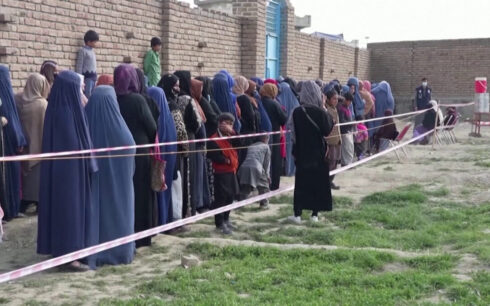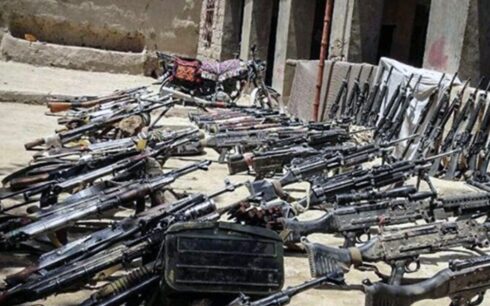The significant rise in the number of Taliban-run madrasas in Afghanistan has raised concerns about potential radicalization, according to Heather Barr, Associate Director of the Women’s Rights Division at Human Rights Watch.
Barr expressed fears about “what is being taught” in these religious schools and whether the curriculum may contribute to extremist ideologies.
On Wednesday, the Taliban announced that the number of madrasas in Afghanistan has surpassed 21,000, a sharp increase from the estimated 1,800 that existed before their takeover in August 2021. Several human rights activists and Afghan citizens have voiced alarm over the growth of these institutions, arguing that the emphasis on religious education could foster religious extremism.
Critics have urged the Taliban to prioritize modern education rather than expanding religious seminaries, fearing that the proliferation of madrasas could entrench extremist beliefs. Mirwais Balkhi, Afghanistan’s former Minister of Education, said the number of madrasas in insecure areas prior to the Taliban’s rule was around 500, but the current total reflects the establishment of nearly 19,000 new madrasas in the past three years.
Officials from the Taliban-run Ministry of Education lauded the expansion of madrasas as an achievement, claiming that 3.5 million students are currently enrolled. However, with 18,337 government and private schools offering modern education, there are now 3,000 more madrasas than regular schools in the country. This imbalance has raised further concerns about the future of education in Afghanistan.
The United Nations has reported that the Taliban has barred nearly 1.5 million female students, all above grade six, from attending school. In their place, the Taliban has opened religious schools, offering a curriculum to 3.5 million students. Human rights activists see this as a deliberate attempt by the Taliban to raise a new generation steeped in their ideology, potentially shaping a future Afghanistan in their image.
Barr criticized the Taliban’s use of madrasas to indoctrinate boys into adopting deeply misogynistic attitudes, aligning with the group’s broader campaign to marginalize women from public life. “The Taliban may be using these schools to teach children to embrace the deeply misogynistic values that they are enforcing in Afghan society,” Barr said. She noted that the Taliban’s exclusion of women from education and public life is creating a society that “really can’t function because half its population is missing.”
Women’s rights activists echoed these concerns. Waheeda Rahmati, a prominent Afghan activist, warned that the Taliban’s focus on religious schools is a strategic effort to spread violent ideologies, which could have long-term repercussions not only for Afghanistan but also for the broader region.
Sima Noori, another activist, suggested that the Taliban’s emphasis on madrasas is primarily aimed at maintaining their power by shaping the next generation’s beliefs. She and others called on the Taliban to instead invest in modern education to equip young Afghans with the skills needed for the future.
Despite these calls, the Taliban has provided little clarity on how many of the 21,000 madrasas align with their own “Jihadi” madrasa ideology. A spokesman for the Taliban-run Ministry of Education previously told Amu TV that there is “no difference between religious madrasas and Jihadi madrasas.”
The expansion of madrasas under Taliban rule has also drawn attention from the United Nations. The U.S. Special Inspector General for Afghanistan Reconstruction (SIGAR) revealed in a recent report that the Taliban has been misusing humanitarian aid to fund Jihadi madrasas, fueling further concerns about the future direction of education in Afghanistan.





